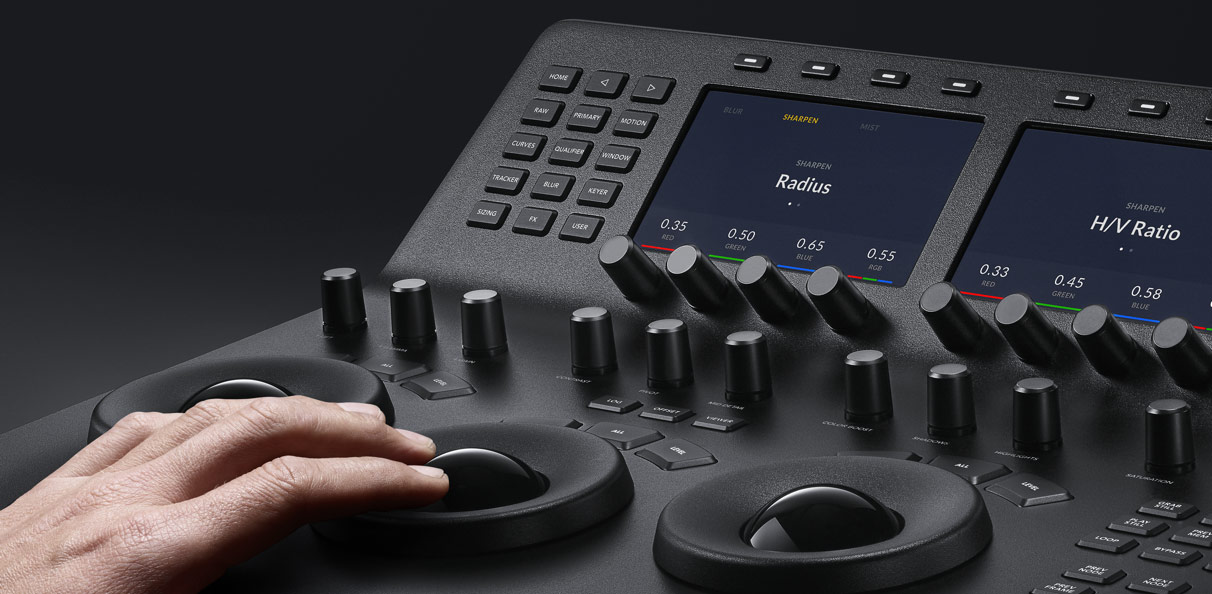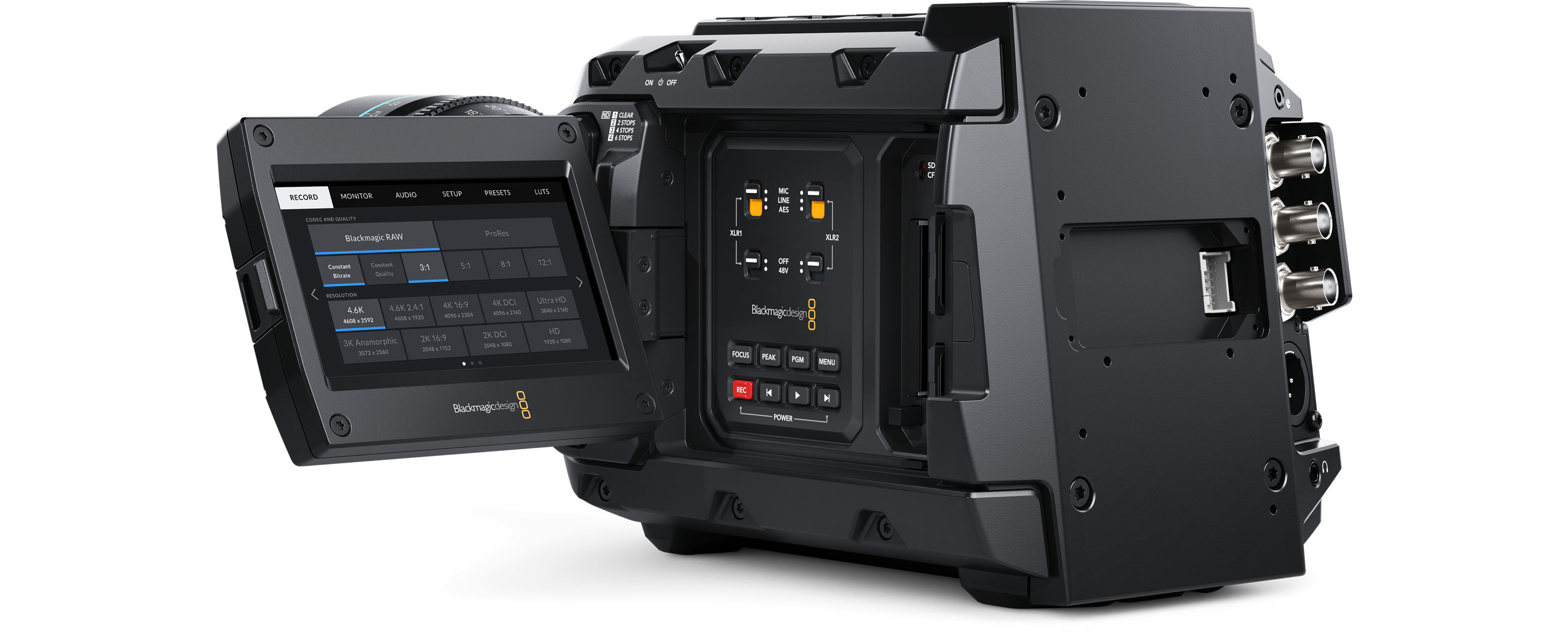Peter Chamberlain wrote:Something to consider; Resolve now supports half a dozen languages and in many locations text just won’t fit where icons will. To grow Fusions user base we need to appeal to the many non English speakers and good icons do that. We clearly have a number that need improvement and all the repeats need their own but a text only I/f isn’t easier translatable given the sizing considerations on screen.
On the surface this seems pretty reasonable, but... I think it's justifying a poor solution to a problem that doesn't even need to exist. Many other DCC apps handle this problem quite elegantly without any kind of graphic design wizardry or show-stopping localization problems.
Let's take a look at 2 other node graphs:
Nuke: (also: better underlays & stickies... that's another post though)Houdini:
(also: better underlays & stickies... that's another post though)Houdini:
Plenty of other examples you could use, but these are my core competencies so it's easiest for me to talk about them.
You can use icons or not, but if your
primary means of identifying a node is textual then there is nothing to "design" around when you localize. Menus, tooltips, manuals, etc already need to be localized. If you have to translate those node names into some kind of text anyway... why not use that same, system-rendered text in the interface as well? A text field can be longer, shorter, whatever the language requires -- but they are the closest things to a universal interface object that we have, so if you want a functional interface that's easy to localize... why not use text?
But you don't have to stop with text, nor should you. Modern Houdini & Nuke use multiple levels of design to convey meaning simultaneously:
+
Text identifies the specific node operator and/or label
(NOT region-specific acronyms, but actual words)+
Shape and/or color tells you the general logical grouping of the node for zoomed out recognition of purpose
+
Icons are a bonus to give some common nodes an easy indicator (nothing
requires an icon though, so you don't have to spend design resources on every new tool)
This gives you as many as 5 ways to identify a node simultaneously, all of which can respond dynamically to zoom or user customization in different ways.
To compare, I'd say classic Fusion falls somewhere in the middle for functionality:

+ You've got easy to read text labels but those acronyms used to identify node types only work intuitively in English, making localization harder. And because they're in-line with the label they're often hidden by the small space they are constrained to.
+ Icons do a pretty good job describing what each node does, but only when the tile picture is visible and not being used as a thumbnail; so it's mostly a feature of the Bin, not the Flow.
+ Very little shape differentiation for logical types, which limits quick readability to a single factor: color, which overlaps with user customization.
To back up a step from this granularity about icons, the UX changes in Fu16... just don't succeed on more than a handful of minor points. I don't mind the little panel toggle buttons from Resolve and the new UI looks subjectively more... modern? But what does that get you if the functionality is a regression?
These are clearly solvable problems and the lowest hanging fruits ask for little creativity on the part of the developer: Nuke is not pretty but it does the job of letting you know what's going on and putting the buttons + information you need right in front of your face.
At NAB 2019 Grant Petty made a big thing about reducing the number of clicks and the amount of time editors spent performing common tasks. BMD set out to try a whole new editing interface and even a new piece of purpose-built hardware to solve the problem. I don't know yet if the Cut Page + Editor Keyboard will catch on or not, but it's great to try things and most importantly, these new ideas
don't break the existing tools. The don't fall into the Apple trap.
The Fu16 interface is adding clicks & making information harder to find. Unifying the UI with Resolve is fine in principle, but not if it ruins the Fusion
UX. Hobbling UX to for the sake of branding feels like a development goal that comes from marketing, not from users.
I'm trying not to be overly critical of a still functional tool, but the original (loose) timeline for full Fusion integration was ~18 months, and that goal was stated around NAB 2018. We're getting to the end of that timeline and I'm worried this is what the goal looks like.







